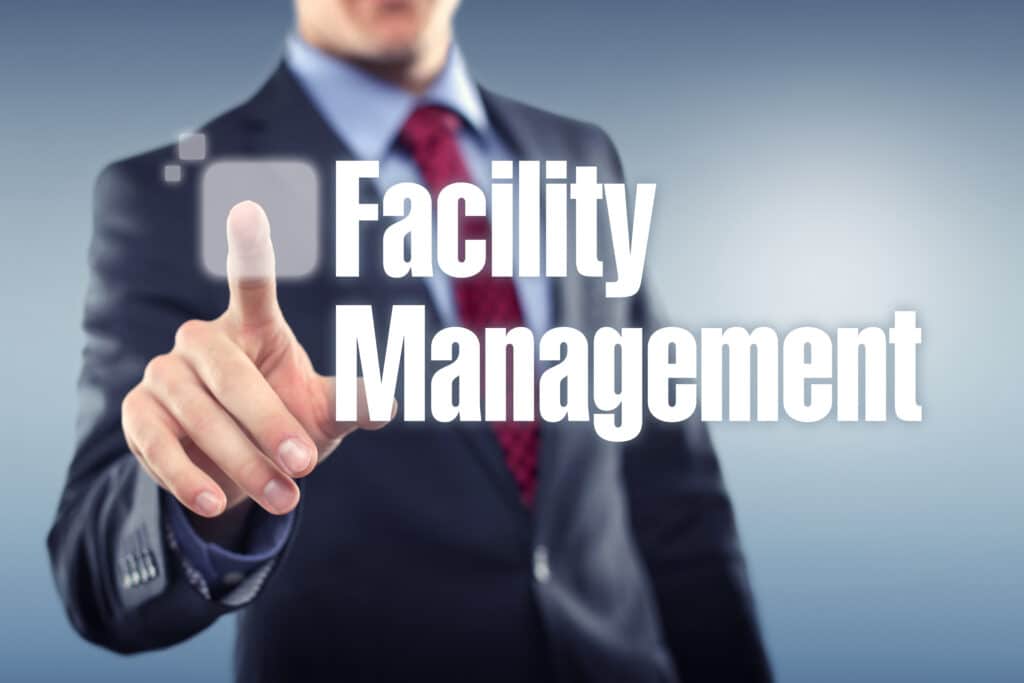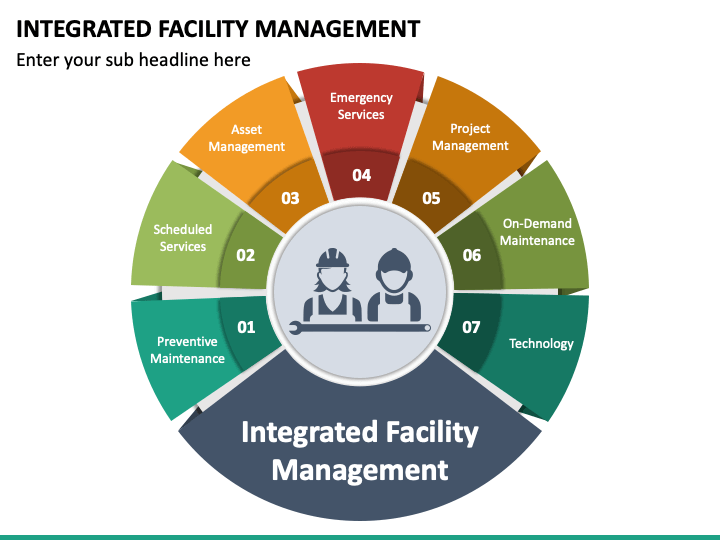Top Advantages of Total Facility Management for Streamlined Operations
Total Facility Management (TFM) stands for a critical strategy to boosting functional performance by integrating different solutions, such as maintenance and safety and security, under a unified management framework. The question continues to be: what certain benefits can organizations harness from embracing TFM, and just how might these advantages transform their operational landscape?
Boosted Functional Effectiveness
Improved functional effectiveness is a primary advantage of applying total facility management (TFM) techniques. TFM encompasses an extensive approach to managing a center's sources, processes, and infrastructure, ultimately enhancing procedures. By consolidating numerous solutions-- such as upkeep, safety and security, cleaning, and area management-- TFM boosts and minimizes redundancies control among various functional functions.
The assimilation of innovation more enhances this effectiveness. Advanced facility management systems offer real-time information analytics, allowing facility supervisors to make enlightened decisions that enhance process and source allowance. Predictive maintenance methods, for example, prepare for equipment failures before they occur, minimizing downtime and extending asset life expectancy.
Additionally, TFM promotes standard processes across numerous departments, guaranteeing uniformity and high quality in service delivery. This uniformity decreases operational disturbances and promotes a much more collective workplace. As a result, employees can concentrate on their core responsibilities, driving efficiency and improving general efficiency.

Expense Reduction and Savings
Applying total facility management (TFM) not just improves functional performance however additionally dramatically adds to cost reduction and savings. By settling various solutions under a single management framework, organizations can remove redundancies and enhance procedures, thus reducing functional costs. TFM enables far better procurement approaches, enabling firms to discuss bulk acquiring agreements with providers and provider, leading to reduced prices.
In addition, TFM highlights preventive maintenance, which decreases unanticipated break downs and expands the lifespan of important devices. This positive strategy not just lowers repair costs however likewise enhances the reliability of facilitiess, making certain nonstop operations. Additionally, power performance campaigns, usually an essential emphasis of TFM, result in significant financial savings on energy bills, as facilitiess are optimized for reduced energy usage.
Improved Resource Management
Reliable source management is a foundation of total facility management (TFM), allowing organizations to enhance the use of their assets and workforce. By implementing TFM strategies, companies can adequately analyze their source allotment, guaranteeing that every asset is made use of successfully and successfully. This alternative method allows for the recognition of underperforming resources and the potential for reallocation or improvement.
Furthermore, TFM promotes the combination of innovation for real-time surveillance of resources, which aids in forecasting maintenance needs and protecting against pricey downtime. By leveraging data analytics, organizations can make enlightened choices about source implementation, ultimately enhancing performance and minimizing waste.
In addition, TFM promotes a culture of continuous improvement, motivating teams to consistently evaluate and improve their source management methods. Total Facility Management. This proactive position not only minimizes functional interruptions but additionally promotes innovation, as staff members are empowered to recommend enhancements based on their firsthand experiences with resource use
Streamlined Communication Networks
In total facility management, streamlined interaction channels play an essential role in promoting collaboration and performance throughout teams. Efficient interaction ensures that all stakeholders, consisting of facility supervisors, upkeep staff, and service companies, are straightened with business goals and functional requirements. By establishing clear lines of interaction, teams can swiftly attend to issues, share read updates, and implement options, thereby lessening downtime and enhancing productivity.
With streamlined communication systems, info is quickly accessible, permitting real-time updates on upkeep demands, resource allotment, and task timelines. This openness not only decreases misconceptions yet additionally equips staff members to make educated choices swiftly. Furthermore, structured communication promotes better coordination during emergencies, making sure that all employees are notified and can respond without delay.

Raised Concentrate On Core Activities
A crucial benefit of total facility management is the raised concentrate on core tasks, enabling organizations to focus on their primary organization objectives - Total Facility Management. By contracting out non-core functions such as cleansing, maintenance, and safety and security, business can reroute their sources and energy towards calculated initiatives that directly add to their competitive benefit and growth
Total facility management incorporates various functional jobs under a single umbrella, promoting efficiency and lessening redundancy. This debt consolidation not just simplifies processes yet also enhances responsibility, guaranteeing that every aspect of the facility operates sympathetically without drawing away interest from what really matters-- core business functions.
In addition, this approach allows workers to devote their time and initiatives to tasks that drive development and enhance consumer satisfaction, instead than obtaining stalled by functional challenges. With a reputable facility management partner handling daily operations, organizations can attain greater agility, why not look here respond promptly Website to market modifications, and maintain a sharper emphasis on their objective.
Ultimately, increased concentrate on core tasks leads to enhanced general performance, enabling organizations to enhance their market placement and meet their strategic goals better. - Total Facility Management
Conclusion
In verdict, Total Facility Management considerably boosts functional effectiveness by consolidating crucial solutions and leveraging data analytics for educated decision-making. Price reductions and boosted source management add to total cost savings, while structured interaction channels foster collaboration amongst stakeholders.
Total Facility Management (TFM) represents a calculated method to boosting functional effectiveness by incorporating different services, such as maintenance and security, under a unified management structure.Enhanced operational performance is a primary advantage of applying total facility management (TFM) methods. Advanced facility management systems offer real-time information analytics, allowing facility supervisors to make educated decisions that improve operations and resource allocation.Executing total facility management (TFM) not just improves operational effectiveness yet additionally significantly contributes to set you back decrease and financial savings.Efficient resource management is a cornerstone of total facility management (TFM), allowing organizations to enhance the use of their assets and labor force.